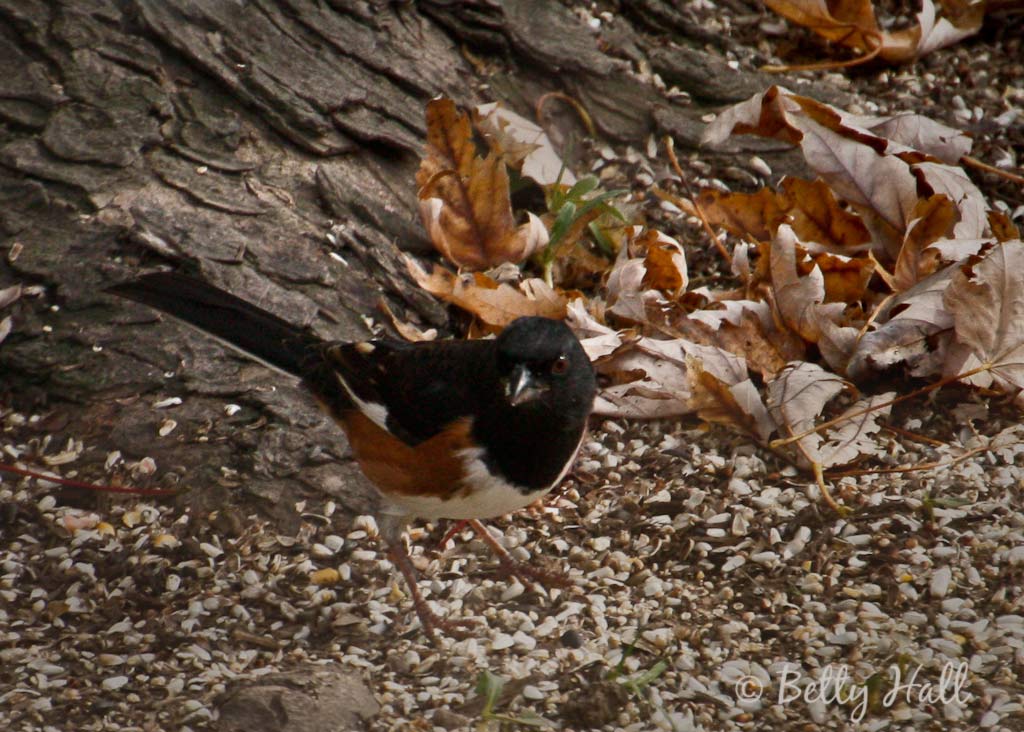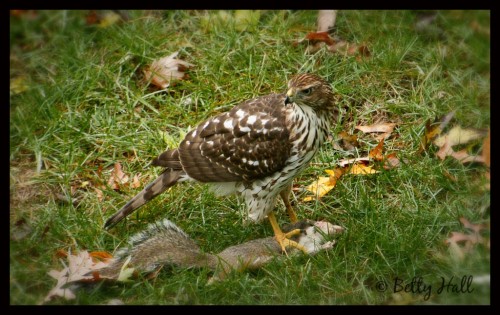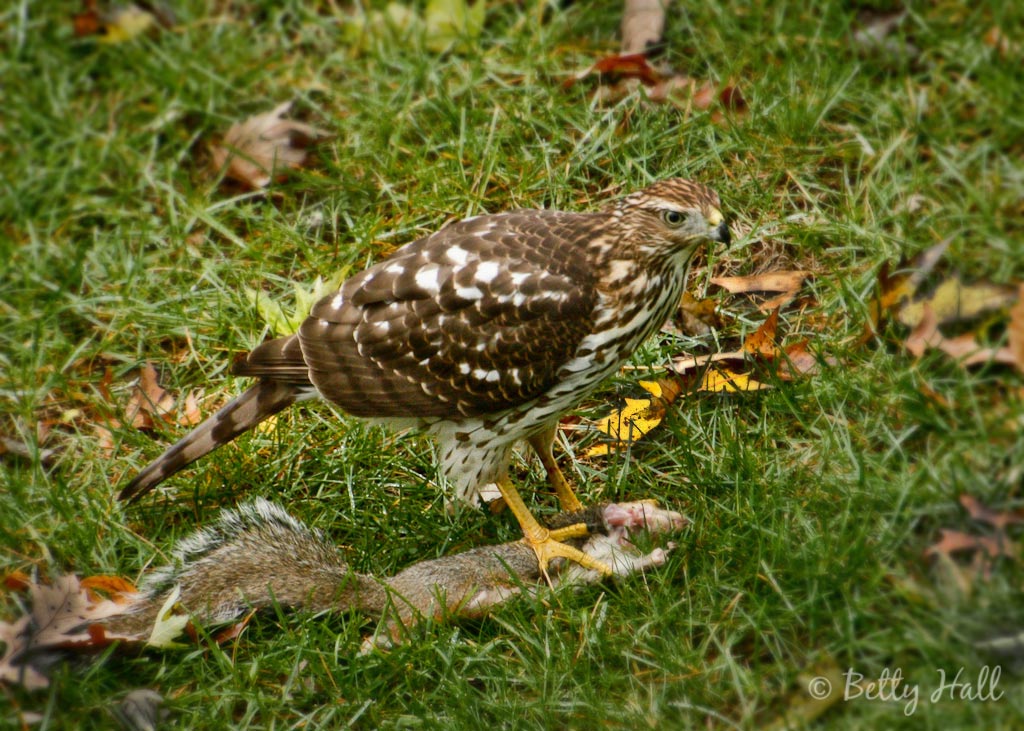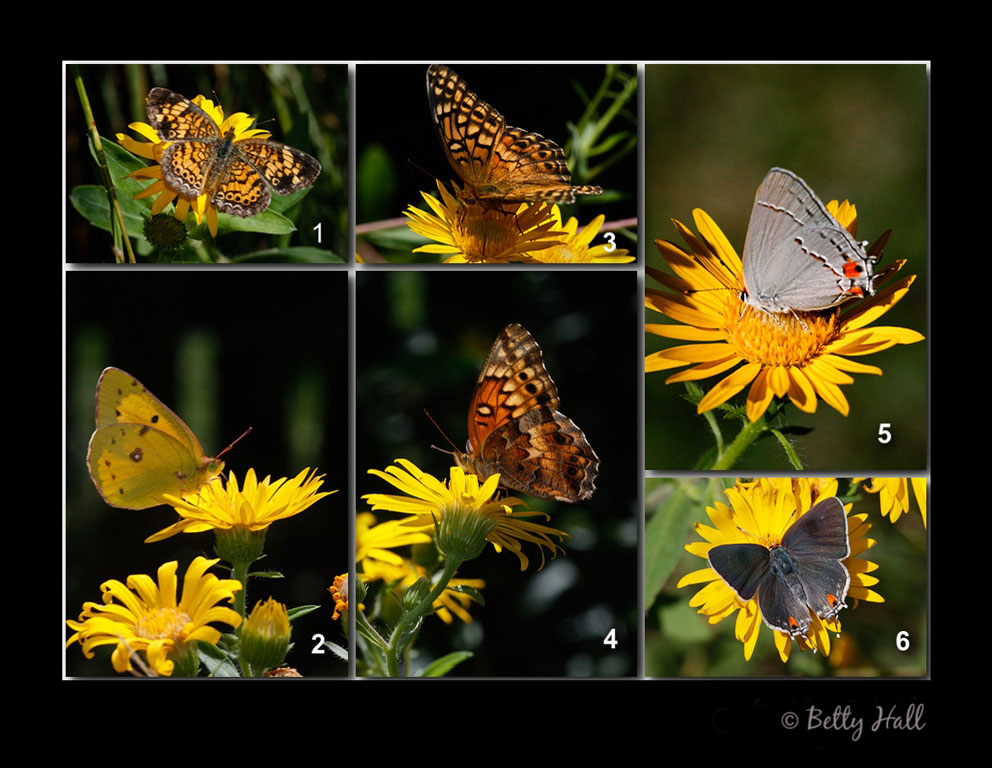We thoroughly enjoyed The Flight of the Butterflies at the IMAX theater at the Kentucky Science Center in Louisville recently. The film tells the amazing story of monarchs’ (Danaus plexippus) migration from North America to Mexico and back. It also tells of Dr. Fred Urquhart’s lifelong quest to solve the mystery of the monarchs and how he engaged citizen scientists to learn more about monarchs and discover their wintering place in Mexico.
Click below to play the movie trailer. Then click in the bottom right corner to see it in full screen mode.
Chip Taylor, the Director of Monarch Watch, gives this film a rave review and reports that monarchs are in serious trouble. Their population is half of what it was in the 1990s. I’m glad to know that 40% of proceeds from this movie goes to Monarch Conservation in Mexico. I’m hoping the movie will inspire people to plant more milkweeds. They are essential for the survival of monarchs since milkweeds are the only plants the caterpillars can eat.
This film documents an amazing story and the photography is spectacular. I truly hope you can see it. The film is playing in Louisville until January 18, and is or will be showing soon in other IMAX theaters. If you go, I’d be glad to know what you think about it. I would also appreciate you sharing this information with anyone else who might be interested.




